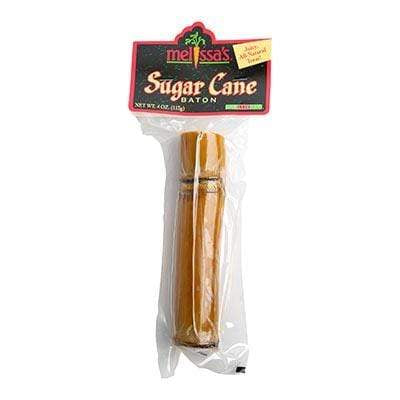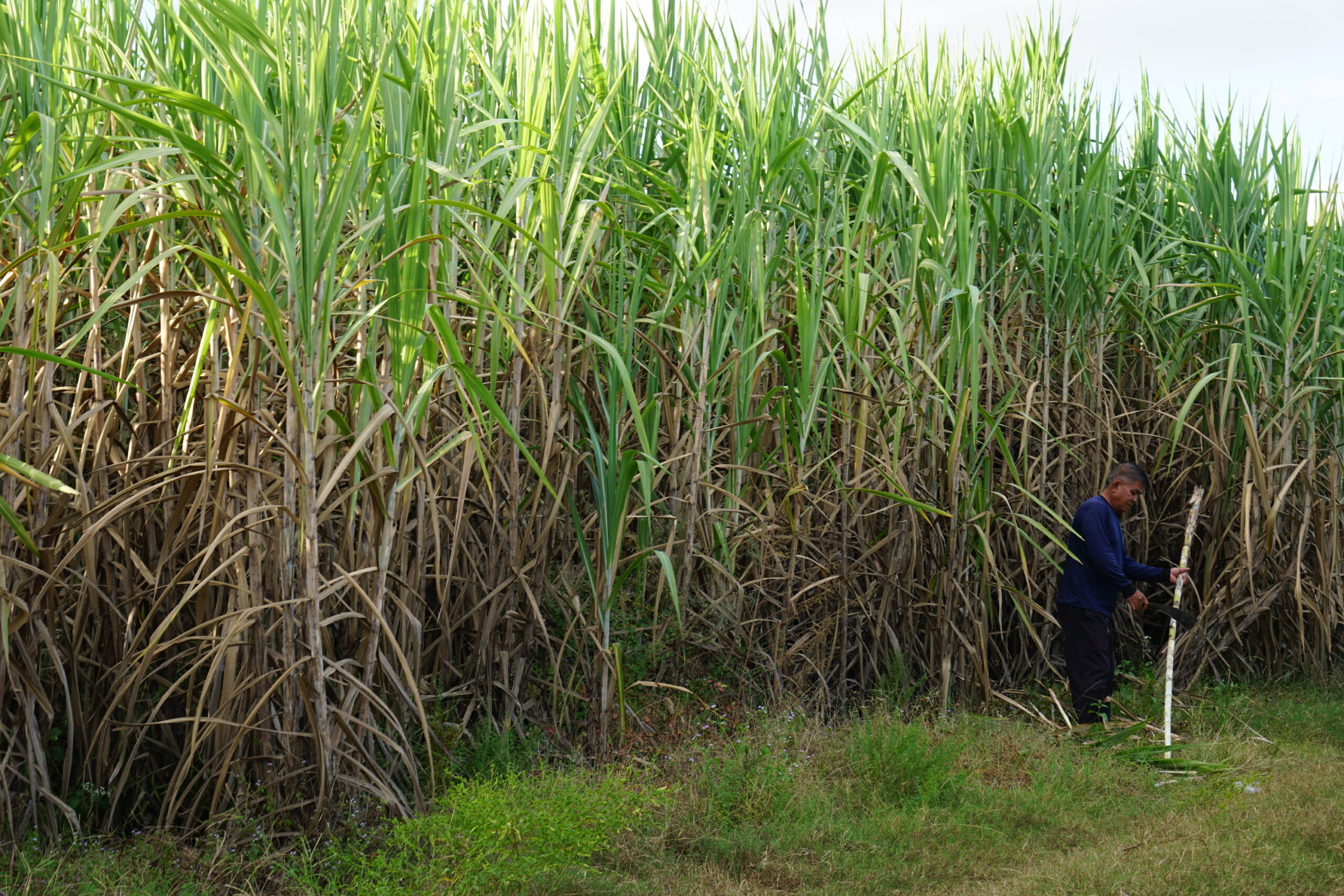From Field to Table: The Journey of Sugar and Cane
From Field to Table: The Journey of Sugar and Cane
Blog Article
Making Best Use Of Sugar Production With Effective Walking Cane Sugar Handling Chemicals
The optimization of sugar manufacturing via the calculated use of walking stick sugar handling chemicals is an essential location of emphasis for producers aiming to boost return and high quality. As the industry evolves, what innovative techniques and arising patterns will shape the future of sugar handling?
Value of Processing Chemicals
Processing chemicals play a crucial duty in the manufacturing of walking stick sugar, enhancing both performance and high quality throughout the manufacturing procedure. These chemicals are utilized at numerous phases, including information, extraction, and filtration, to maximize the yield and purity of the end product - sugar and cane. By facilitating the malfunction of plant cell walls, processing chemicals guarantee a much more effective extraction of sucrose from sugarcane, thus enhancing total production efficiency
Additionally, using processing chemicals help in the removal of impurities such as dust, waxes, and non-sugars that can adversely impact the quality of the sugar. This causes a more crystal-clear and refined product, which is necessary for meeting sector standards and consumer assumptions. In addition, these chemicals can help support the sugar throughout storage, stopping destruction and maintaining its high quality with time.
The tactical application of processing chemicals likewise adds to environmental sustainability by decreasing waste and enhancing source performance. By optimizing removal rates and minimizing pollutants, suppliers can achieve higher success while adhering to ecological guidelines. On the whole, the importance of processing chemicals in walking stick sugar manufacturing can not be downplayed, as they are crucial for attaining optimal cause both return and top quality.
Types of Walking Stick Sugar Processing Chemicals
A range of chemicals are utilized in the processing of walking stick sugar, each serving particular functions to enhance production efficiency and product quality. Amongst one of the most usual kinds are clearing up agents, which include lime and phosphoric acid. These chemicals help remove pollutants and assist in the information of juice during the extraction procedure.
An additional essential group includes coagulants and flocculants, such as polyacrylamide and gelatin, which assist in the pile of suspended particles, hence enhancing the filtering of sugar juices. Furthermore, sulfur dioxide is often made use of as a whitening agent, assisting in the removal of colorants while maintaining the wanted flavor profile.
Acids, like acetic and citric acid, are essential for pH change, promoting optimum problems for enzymatic responses and boosting general sugar healing. Antifoaming representatives, such as polydimethylsiloxane, are made use of to alleviate foam formation throughout steaming procedures, ensuring smooth procedures.

Advantages of Effective Chemical Usage
Making use of chemicals effectively in cane sugar processing yields considerable benefits that boost both manufacturing efficiency and product top quality. The proper use handling chemicals can bring about improved extraction prices, allowing manufacturers to maximize the yield from raw cane sugar. Improved removal not only reduces waste yet additionally optimizes resource usage, adding to set you back savings.
In addition, effective chemical application aids in the information and purification phases, leading to a higher-quality final result. This is crucial for satisfying consumer expectations and governing criteria, as impurities can impact preference, color, and general bankability. The use of specific flocculants and clarifying representatives can site web quicken the removal of pollutants, guaranteeing a clearer syrup and, eventually, granulated sugar.
In addition, the appropriate chemicals can improve the stability of the sugar throughout storage space and transport, lowering the risk of wasting and protecting high quality. This stability is important for preserving product stability in a competitive market. In general, the calculated application of handling chemicals not just streamlines operations yet also elevates the end product, making sure that manufacturers can supply high-quality cane sugar efficiently and sustainably.

Ideal Practices for Application
Carrying out ideal techniques for the application of chemicals in walking stick sugar processing can significantly maximize results and enhance overall efficiency. It is important to perform a complete analysis of the sugarcane quality and the certain handling requirements to identify the ideal chemical formulas. This tailored strategy makes certain that chemicals are utilized efficiently and lessens waste.
Proper dose is one more important variable; adherence to producer standards is essential in accomplishing preferred outcomes without over-application, which can lead to negative environmental influences and raised costs. Routine calibration of application equipment is required to ensure exact circulation and consistent insurance coverage of chemicals.
Additionally, timing of application plays an important duty. sugar and cane. Chemicals need to be used at ideal stages of the processing cycle, such as during removal or clarification, to maximize their effectiveness. Checking the processing problems, consisting of temperature level and pH degrees, can further boost chemical performance
Finally, training workers on safety methods and functional procedures is important. By fostering a society of security and conformity, centers can alleviate threats associated with chemical handling while making certain optimal chemical application for better sugar return and quality.
Future Patterns in Sugar Handling
As Clicking Here the cane sugar industry progresses, a number of future patterns are positioned to reshape handling approaches and boost sustainability. One considerable trend is the enhancing fostering of automation and electronic modern technologies, which improve operations and enhance efficiency. Advanced analytics and artificial intelligence algorithms can optimize handling specifications, resulting in lowered waste and greater sugar yields.
Additionally, the combination of renewable resource sources into sugar handling centers gets on the surge. Making use of biomass energy from sugarcane by-products not just decreases the carbon footprint yet also lowers operational prices. This change aligns with global sustainability goals and improves the market's durability versus rising and fall power rates.

Additionally, the solution of greener handling chemicals is gaining traction. Producers are developing biodegradable and safe choices that maintain efficacy while reducing ecological effect - sugar and cane. This fad not only addresses regulatory stress however also meets consumer demands for lasting techniques
Conclusion
The reliable application of cane sugar processing chemicals is integral to maximizing sugar manufacturing. Continuous technology and adjustment in handling methods will certainly be essential for future advancements in sugar manufacturing.

Report this page